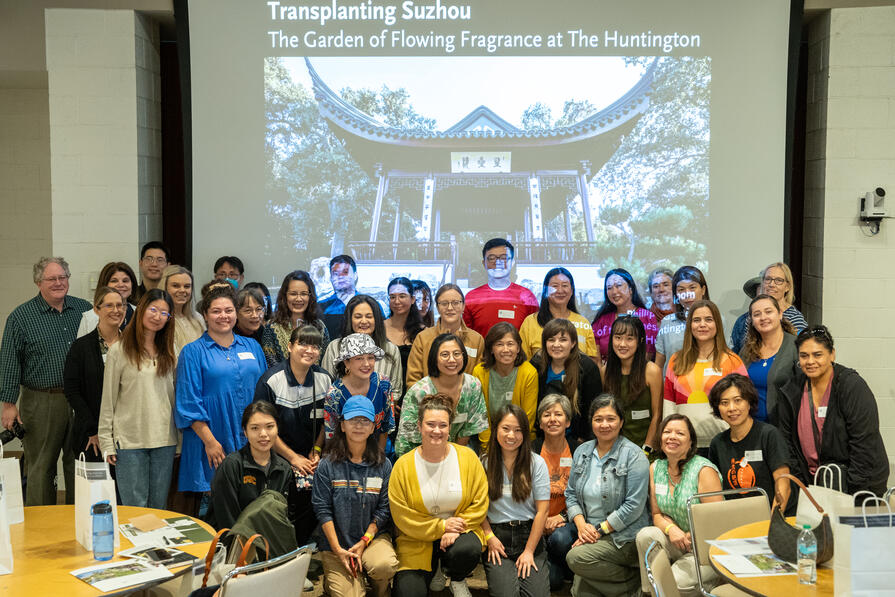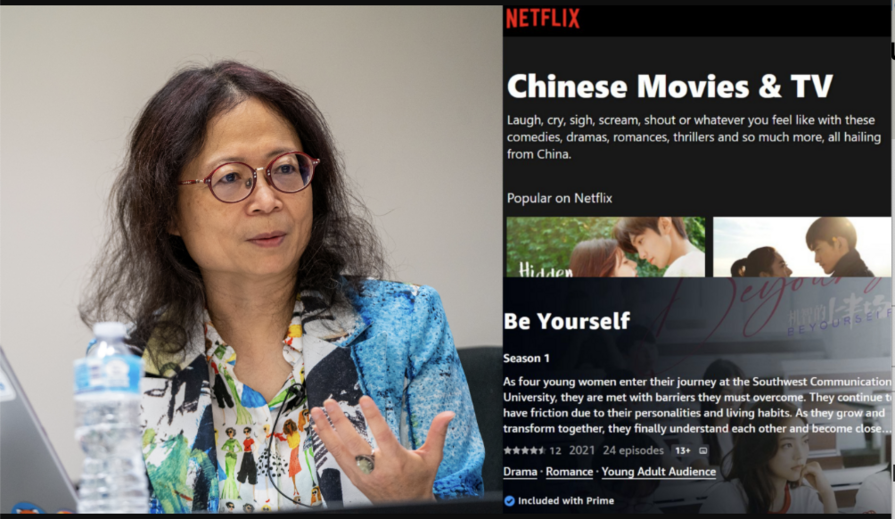Originally published by USC News on February 5, 2015. Written by Michelle Boston.
Marketing rule No. 1: When trying to make a buck, don’t alienate one of your largest audiences, two USC professors with experience in global relations will tell you.
Case in point: When MGM planned a 2012 remake of the 1984 Cold War drama Red Dawn, in which a Midwestern town is invaded by Soviet forces, the studio opted to recast the enemy with a more modern antagonist — China.
Critics rushed to point out the flaws in MGM’s thinking. Among them was the fact that China has the second-largest film market after North America, and getting the picture — or any films made by MGM — into the country would be impossible if it was cast as the adversary.
A complex quota system
Overseen by the State Administration of Press, Publication, Radio, Film and Television (SAPPRFT), China maintains a complicated quota system that allows only 34 foreign films into the country per year. Of those, 14 must be either IMAX or 3-D. Each film permitted to play in Chinese cinemas must also meet a certain set of standards, including casting the country in a positive light when there is a Chinese component.
In an effort to claim a foothold in China, MGM made an unprecedented move. In post-production, the studio replaced China with North Korea as the foe.
“The studio spent a considerable amount of money to digitally alter the film,” said Stanley Rosen, professor of political science. “But with North Korea as the enemy, there was no challenge since there’s really no market for U.S. films there.”
For the U.S. movie industry, China is a critical market to crack. Domestic box office numbers have been floundering in recent years and engaging Chinese audiences may be the key to keeping the U.S. market afloat.
“It used to be that as much as 50 percent of the total box office for a film would come from the U.S. and Canada, but it’s not the case anymore,” said Rosen, an expert in Chinese politics and the relationship between Hollywood and China. “It’s gone down to 30 or 35 percent. Now, a blockbuster film will make as much as 70 percent of its return outside of North America.”
China jumped ahead of Japan as the second-largest film market after North America in 2012. In 2013, China’s box office receipts tallied $3.6 billion — a 27 percent increase over the previous year. Then in 2014 China’s box office sales hit $4.8 billion. Experts estimate that China will overtake North America as the top movie market in the next 10 years.
Currently, North America’s box office is leading the charge with a $10.3 billion payout last year — down from $10.9 billion in 2013. However, it will need fresh revenue sources to maintain its lead.
Hollywood’s next move
So how can the U.S. film industry make headway in China?
First, filmmakers must consider how SAPPRFT will respond to the movies submitted for approval in China, said Brian Bernards, assistant professor of East Asian languages and cultures.
“That’s the first kind of cultural training Hollywood is going to need to court China,” Bernards said.
“For instance, films cannot include negative images of the Communist Party of China. They also have to limit depictions of corrupt officials or superstitious representations, such as ghosts. There’s also the idea that anyone who is breaking the law should be punished by the end of the film.”
However, Bernards noted that are no hard and fast rules. Each film is judged on a case-by-case basis. In some instances, leeway would be granted to Hollywood as long as it was clear to Chinese audiences that corrupt or superstitious practices would never succeed in China or that those outcomes or practices would be deemed undesirable by the majority of audiences.
Film engagements
Some filmmakers are going one step further and tailoring their content to engage Chinese audiences.
There’s no better example than Transformers 4: Age of Extinction (2014), which brought in more than $300 million in China, where it broke all box office records, edging out Avatar as the highest grossing film of all time in that market. In the U.S., Transformers 4 earned about $245 million.
Much of the film’s popularity in China has been attributed to how it was crafted to cater to Chinese audiences. Unlike Red Dawn, the fourth installment of the Transformers franchise purposefully incorporated Chinese elements from the outset. For instance, a portion of the film was shot in Beijing and Hong Kong, and well-known Chinese actors were included in the cast.
Rosen plays a series of scenes that exemplify this for students in his course “Politics and Film in the People’s Republic of China,” including the heavily featured Chinese product placements peppered throughout the film.
In one scene, Stanley Tucci’s character takes a drink of Yili, a popular Chinese brand of milk. In another, Mark Wahlberg’s character uses a China Construction Bank ATM — in Texas.
Thrown for a Looper
Some films will also include scenes that only play in the Chinese release of a film, Rosen said.
“In Looper, for example, there are longer scenes that take place in modern Shanghai,” Rosen said.
The filmmakers also included favorable mentions of China in the narrative. Jeff Daniels’ character tells Joseph Gordon-Levitt’s character to reconsider his decision to retire in France. “I’m from the future,” Daniels says. “You should go to China.”
When it comes to the types of film that do well in China, big blockbusters are typically the most successful.
“Blockbusters are the big hits all over the world and China is no different,” Rosen said. “But there’s a lot of piracy in China, and people can get films online or in very high-quality hard copies.”
So when it comes to enticing theatregoers, splashy visuals get them to shell out cash for a movie ticket.
“With a blockbuster that’s in 3-D, IMAX or has a lot of special effects, viewing it in a theater makes a big difference,” Rosen said. “People are going to want to watch it in the best quality presentation, not on an iPhone or on a home device.”




